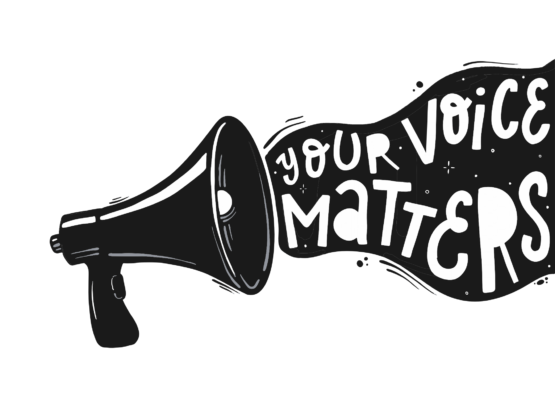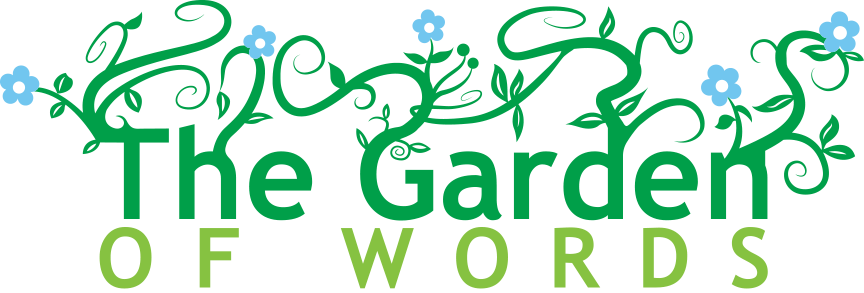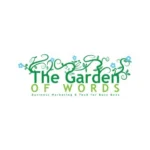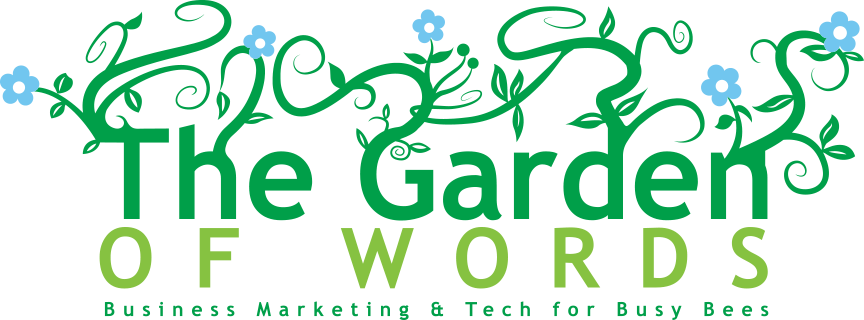Whether you’re speaking, writing a blog post, or planning social media captions, you have a “voice.” And if you do any of the above for a company, the company also has a “voice,” and you need to know what it is to effectively communicate your (or the company’s) brand.
So, what is the voice and how do you know what it is? It’s all about branding, and we’re going to show you how.

What is a brand’s voice?
Your voice is the verbal (or written) expression of your brand’s personality. Companies typically have a brand kit for anyone in the company that writes any type of copy on their behalf, and as an individual, you should, too.
Understanding your brand’s voice is crucial to setting you apart from other companies or other designers/speakers/authors, so let’s take a few minutes to figure it out.
TIP: You might be thinking, “But it’s just me writing all my content; why do I need to write all of this down? I know what my personality is.” While that’s true, you may decide to hire someone to do social media or write blog posts for you at some point, and they will need to understand your voice. And secondly, if you’ve been having difficulty connecting with your audience, taking a deeper dive into your voice is worth the effort — you may be missing the mark by just a few hairs and need to adjust how you communicate.
How do I figure out my brand’s voice?
It’s pretty easy, and fun! Here at The Garden of Words, we have lots of clients and they each have their own voice. One client’s voice is more technical and uses a lot of botanical terms, another’s is very down-home and friendly, and still another’s is a bit quirky and funny. Our writers know their voices and can write according to their brand. Here are some questions and considerations to roll around as you’re developing your own voice:
- What’s my personality? Are you cerebral, friendly, all-American, an enthusiastic DIYer, a trusted neighbor? When people think of you, how do they describe you?
- What are you known for? Are you a naturalist, a botanist, a conservationist, a home gardener, an herbalist, a grower, an expert in any type of plant, a designer? Each one of these has a type of language and rhythm of speaking that aligns with who they are and what they do.
- What 3-5 adjectives describe me, my work, or my company? Think of things like silly, bold, adventurous, reassuring, friendly, playful, cheeky, knowledgeable.
- Is my voice humorous? What kind of humor is okay? It’s okay if you’re not humorous; not everyone is. But if humor is (or can be) a part of your voice, what kind of humor expresses your personality? It could be puns, gentle humor, quirky language, a little corny, or slightly edgy. Define, as closely as possible, what kind of humor aligns with who you are.
- Are there words and phrases I like to use? It could be a phrase like, “And here’s the thing,” or “I know, right?” or “Believe me.” You might have a catchphrase or favorite words, and if you’re not sure what they are, ask people around you (friends, family, coworkers) what words you use often.
- Are there words and phrases I would never use? This could be any off-color language, swear words, slang, anything highly technical or anything too “beginner.” Write it all down.
- Is slang okay? Most of us use some amount of slang in our speech, but you’ll want to narrow down what type of slang is acceptable. One of our clients would never use any kind of language that would be interpreted as “hip” or “cool” because they are very straightforward, while with another client, it’s perfectly acceptable (even encouraged) to write social media captions with “LOL,” “peeps” and “homies.”
- How do I want people to feel after reading something I’ve written or hearing me talk? Do you want them to feel inspired, encouraged, reassured, informed, educated, or even cozy? Make a list.
- If your brand was a celebrity, who would you be? This is a fun question to ponder, isn’t it? It could be a specific person (lovable and quirky Meg Ryan, for example) or just an idea of a famous person. Envision what that person looks like and sounds like, and when you need to be inspired, think like Meg.
- Who’s your intended audience? If your ideal customer or client is a young Millennial homeowner, you’re going to communicate differently to them than you would to, say, a Baby Boomer. Know your audience and read the room.



